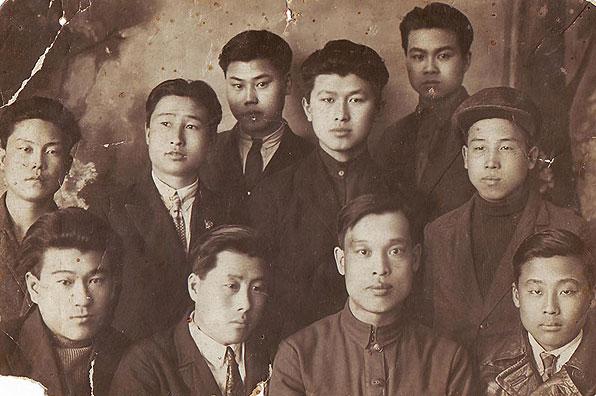

Whenever we’re on tour in Central Asia, most people are amazed at the ethnic diversity. They’re usually shocked at how many Russians, Ukrainians, Belarussians, and Germans still live in Central Asia, and how ‘East Asian’ or ‘Middle Eastern’ a lot of the different populations appear. But the one ethnic group that shocks and confuses people the most is the Koreans.
How many ethnic Koreans are there in Central Asia and where did they come from?
Although the exact figures are hard to come by, there are at least half a million of them living in Kazakhstan, Uzbekistan, Kyrgyzstan, Turkmenistan and Tajikistan. They have become completely integrated into local culture and society are usually stereotyped as being intelligent and good at business. Because of their smaller numbers, they’re also more likely to have intermarried with other groups, especially Russians.
They’ve integrated so much that they have almost completely lost their own identity and certainly have not retained their own language or customs; only their contribution to the local cuisine has really stood out.
This isn’t an accident, but a result of their sad history and how they ended up in Central Asia. Of course, Koreans did not originally live in Central Asia. They were deported there in the 30s and 40s from the Russian far east. Stalin and his cohorts had become paranoid that the local Korean population were being utilized by the Japanese as spies, and furthermore, due to being more similar ethnically and culturally, when the Japanese would invade the Soviet Union, that the local Koreans would support them rather than the Soviets. There are a lot of parallels here with the Volga Germans who were also moved to Central Asia by the Soviets.
What Happened to the Korean population?
One story which is heart-wrenching is that of a group of Koreans confined to a gulag in Central Kazakhstan during the war. Due to the war effort against Nazi Germany, food was scarce, and these ‘unpatriotic’ prisoners were, of course, the least important for food rationing, so were starving to death. While outside their housing, still in the confines of the barbed wire fenced gulag, they realized the passing locals were throwing what seemed like rocks at them. It was only when they picked up one of the rocks that they realized it was actually kurt, a Central Asian fermented milk ball which is disgusting to most foreigners, but delicious to most people in Central Asia and a lifesaver to these Soviet Korean prisoners.
After World War II, the Koreans were permitted to settle in the cities and villages across Central Asia. They very quickly took on Russian names and the Russian language. Hopefully, no one would question their loyalty again. This has meant that while they are ethnically Korean, unfortunately, most of their culture has been lost. One thing is sure, you can still get some tremendous Korean inspired food at every market. It isn’t what you’d get in South or North Korea, as they’ve adapted it to local produce, but it is for sure an exceptional culinary experience and a unique one as well.
For more information regarding our tours in Central Asia please click here to contact us.
To read more about ethnic Korean population abroad please click here.





